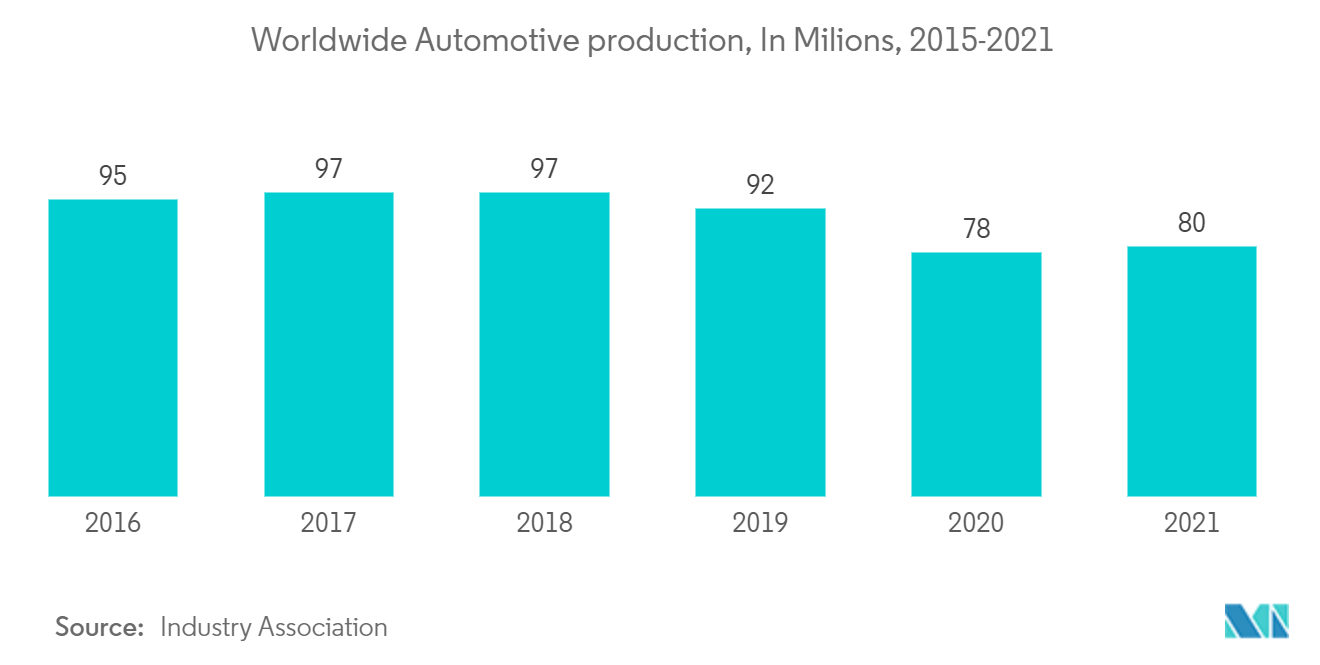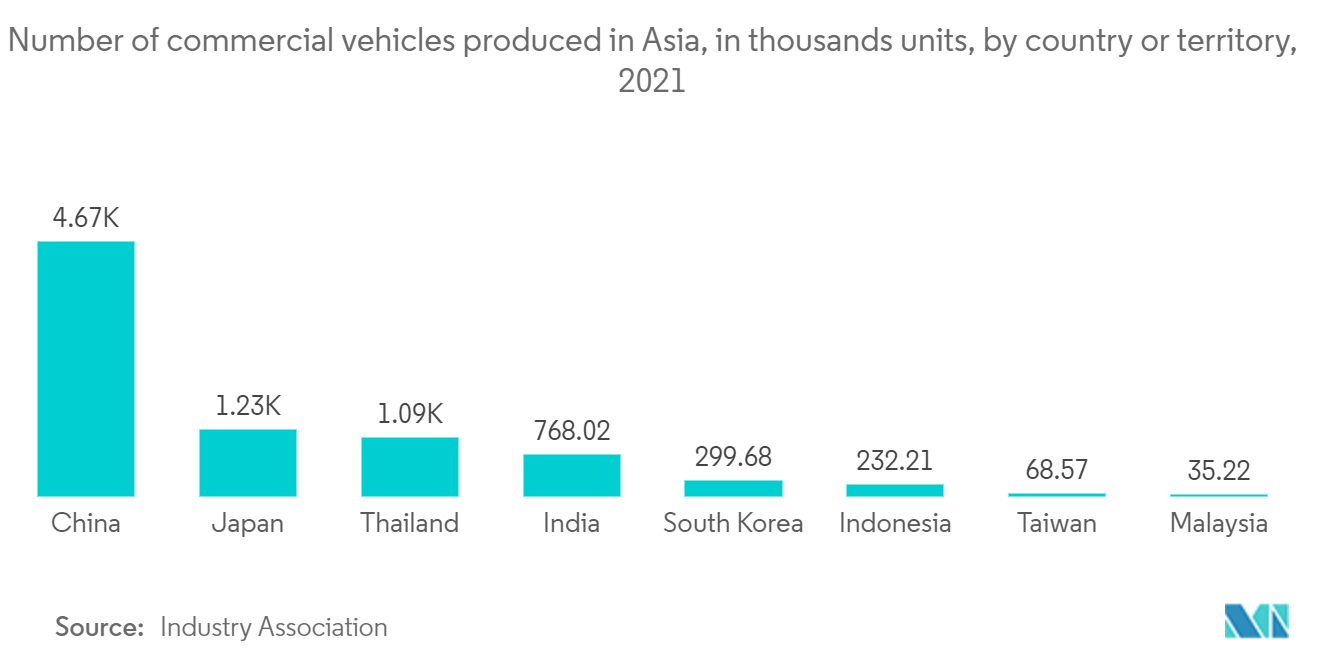Market Trends of Laser Welding Machines Industry
This section covers the major market trends shaping the Laser Welding Machines Market according to our research experts:
Increasing Demand from the Automotive Industry
The use of laser in automotive manufacturing has increased intensely over recent years. Although the lasers are initially developed mainly to cutting applications, a significant and growing proportion of lasers is being applied to welding.
The application of lasers in the manufacture of components covers engine parts, transmission parts, alternators, solenoids, fuel injectors, fuel filters, etc. Improved productivity and reduction of cycle time play an increasing role in current industrial manufacturing. Especially within the automotive industry, where the total length of laser welded seams can add up to more than 50 meters per car, it is important to minimize processing time by means of high welding speeds. Compared to conventional welding, laser welding allows for heat conduction welding and deep penetration welding, as well.
According to industry sources, global light vehicle production units have been remarkable and it only continues to grow. APAC is expected to register the highest growth rates in terms of production volumes followed by North America. This scenario is expected to create demand for the laser welding machines and other related machines associated with the automotive manufacturing process.

Fastest Growing Market- Asia-Pacific Region
As per the analysis, Asia-Pacific (APAC) is estimated to grow faster than other regions during the forecast period. The region has the highest number of manufacturing plants where the adoption of laser welding machines, which focus on improved productivity is essential.
China is expected to be the major country in the region owing to its vast manufacturing sector. Additionally, automotive is one of China's pillar industries, and it continues to be the largest vehicle market in the world.
Coming to ASEAN countries, the manufacturing sector has been one of ASEAN's key economic growth drivers. Economies in this region have low operating costs, which attract many businesses from larger manufacturing bases.
In recent times, China has seen rising wages and tighter regulations, which has led to an increase in operating costs as it shifts towards higher-value manufacturing. In order to replace the role that PRC once played, companies are looking to the ASEAN region for lower-value production networks which have also been largely integrated into global manufacturing value chains. As per the analysis, welding machine manufacturers should align their distribution channels to focus on the growing markets by serving the emerging manufacturing sectors to increase their sales.


